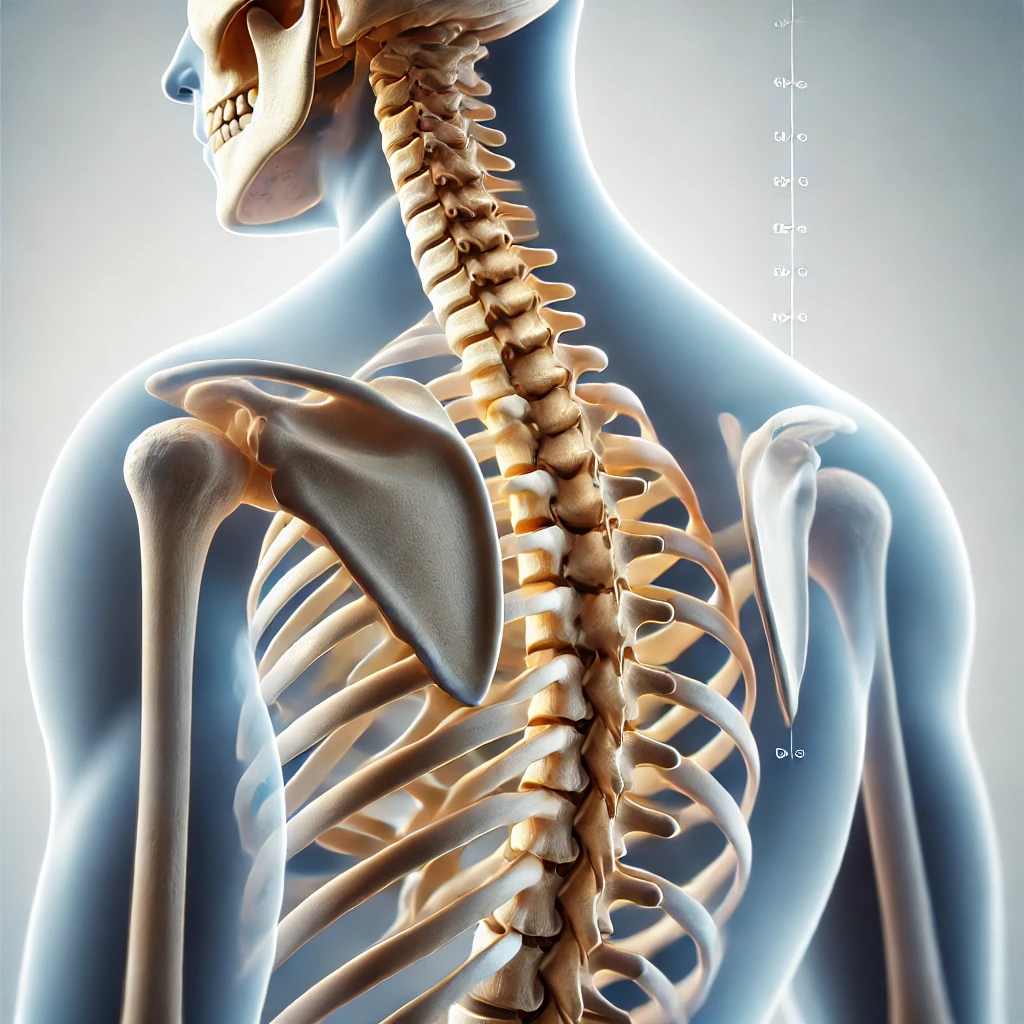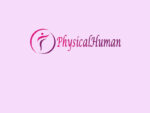Understanding ADHD in Children: Nurturing Potential and Navigating Challenges
- byDr. Aiswarya Biju, BPT, MIAP
- Sunday 01, 2024

Attention Deficit Hyperactivity Disorder (ADHD) is a neurodevelopmental condition that affects millions of children worldwide. Despite its challenges, ADHD can also unlock unique potential in children when approached with understanding, patience, and proper support.
What Is ADHD?
ADHD is characterized by persistent patterns of inattention, hyperactivity, and impulsivity that interfere with daily functioning. While every child exhibits these behaviors occasionally, for children with ADHD, they occur more frequently and impact their academic, social, and emotional well-being.
Recognizing the Signs
Children with ADHD may display:
- Inattention: Difficulty staying focused, easily distracted, forgetful, and struggling to follow instructions.
- Hyperactivity: Excessive movement, difficulty sitting still, and seemingly endless energy.
- Impulsivity: Acting without thinking, interrupting others, and difficulty waiting for their turn.
These behaviors vary in intensity and presentation, with some children showing predominantly inattentive symptoms, others hyperactive-impulsive traits, or a combination of both.
The ADHD Brain: A Different Wiring
Research suggests that children with ADHD have differences in brain structure and function, particularly in areas governing attention, self-regulation, and impulse control. These differences aren’t flaws but variations in how their brains process information and stimuli.
Supporting Children with ADHD
Parents, teachers, and caregivers play a crucial role in helping children with ADHD thrive. Here are strategies to support them:
- Build a Structured Environment
Consistent routines help children with ADHD feel secure and manage their day better. Break tasks into smaller, manageable steps and set clear expectations. - Foster Positive Reinforcement
Celebrate achievements, no matter how small. Positive feedback boosts self-esteem and encourages desired behaviors. - Encourage Physical Activity
Regular exercise helps burn excess energy, improve focus, and enhance mood. Activities like swimming, dancing, or martial arts can be particularly beneficial. - Provide a Creative Outlet
Many children with ADHD are highly creative. Encourage them to explore art, music, or storytelling as a way to channel their energy and express themselves. - Teach Coping Skills
Help children develop strategies like mindfulness, deep breathing, or journaling to manage emotions and build resilience.
Working with Schools
Collaboration with teachers and schools is vital. Individualized Education Plans (IEPs) or 504 Plans can provide accommodations such as extended time on tests, movement breaks, or seating arrangements to reduce distractions.
Debunking Myths about ADHD
- “ADHD is just bad parenting.” Not true—ADHD is a medical condition. Parenting strategies can help manage symptoms but don’t cause them.
- “Children with ADHD are lazy.” In reality, these children often work harder to meet the same expectations due to their unique challenges.
Celebrating Strengths
Children with ADHD often possess remarkable strengths, such as:
- Creativity: Thinking outside the box and coming up with innovative ideas.
- Hyperfocus: Becoming deeply engrossed in topics of interest.
- Resilience: Overcoming obstacles with determination.
Seeking Professional Support
If you suspect your child may have ADHD, consult a pediatrician or child psychologist for evaluation. Treatment plans may include behavioral therapy, parent training, and, in some cases, medication to manage symptoms effectively.
A Brighter Future
ADHD doesn’t define a child’s worth or potential. With the right support, understanding, and encouragement, children with ADHD can grow into confident, successful individuals. By focusing on their strengths and addressing challenges with compassion, we can help them unlock their full potential.
Let’s embrace neurodiversity and celebrate the unique minds of children with ADHD—they might just change the world!
- Aquatic Therapy – A Low-Impact Solution for Pain Relief and Rehabilitationby Dr. Aiswarya Biju, BPT, MIAP
- Cardiac Telerehabilitation – Revolutionizing Heart Health Recoveryby Dr. Aiswarya Biju, BPT, MIAP
- Blood Flow Restriction (BFR) Training – A Breakthrough in Orthopedic Rehabilitationby Dr. Aiswarya Biju, BPT, MIAP
- Precision Rehabilitation in Orthopedic Physical Therapy – The Future of Personalized Recoveryby Dr. Aiswarya Biju, BPT, MIAP
- Virtual Reality (VR) and Gamification in Neuro Rehabilitation – A Game-Changer for Recoveryby Dr. Aiswarya Biju, BPT, MIAP








